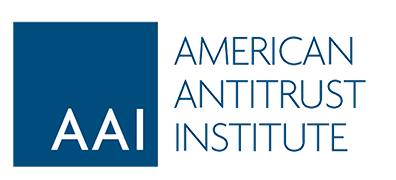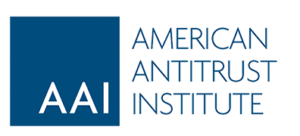AAI filed an amicus brief urging the Tenth Circuit Court of Appeals to reverse a district court order granting summary judgment to the defendant Mylan in a closely watched monopolization case involving the ubiquitous EpiPen, a device used to treat allergy patients who suffer from life-threatening anaphylaxis.
In Sanofi v. EpiPen, Sanofi alleges that Mylan, the owner of the EpiPen, illegally foreclosed the first meaningful rival to the EpiPen in the market for epinephrine auto injectors (“EAI market”) in more than a decade. In 2013, when Mylan’s EpiPen allegedly enjoyed an overwhelming monopoly with market share exceeding 99 percent, Sanofi introduced the Auvi-Q, an innovative, rival product invented by two brothers who suffer from anaphylaxis and were unsatisfied with the EpiPen. Instead of competing with the Auvi-Q on price or quality, however, Mylan allegedly instituted a multi-part scheme to lock the new product out of the EAI market.
At summary judgment, Sanofi introduced evidence that, in response to the launch of the Auvi-Q, Mylan raised the price of the EpiPen enormously and then offered conditional rebates to Pharmacy Benefit Managers (PBMs), which would partially offset the increase provided PBMs promised to exclude or disadvantage the Auvi-Q on their drug formularies (which dictate which treatments insured patients can access under their health plans).
Because the EpiPen’s list prices were raised so high, the foregone rebates would have made it cost-prohibitive for many PBMs to make the Auvi-Q available to patients unless Sanofi gave it counter-rebates that would have rendered the Auvi-Q unprofitable. After Mylan’s scheme effectively prevented the Auvi-Q from establishing a foothold, a product that both Mylan and Sanofi projected to take 30 percent of the EpiPen’s market share within three years, and that had already successfully achieved that share in Canada, was a commercial failure in the United States. Sanofi subsequently exited the market.
The district court granted summary judgment to Mylan, emphasizing that PBMs benefitted from the Mylan’s rebate payments, actively encouraged them, and gave comparable exclusives to Sanofi when Sanofi made (unprofitable) counter-offers in an effort to match the Mylan rebate. AAI’s amicus brief argues that the district court erred by conflating the interests of PBMs and consumers, and misapplying the rule of reason. The court should have recognized that Sanofi established its prima facie case, and created a triable issue, when it established harm to competition and patients. The court erred by confusing PBMs’ interest in obtaining high rebates for evidence of a consumer welfare benefit. Empirical evidence in the highly concentrated PBM market suggests that PBMs’ demand for high rebates, on which they are typically compensated by health plans, has put upward pressure on net drug prices, with consumers left to suffer net price increases and drug manufacturers and PBMs sharing the spoils. Moreover, there was no evidence in the record of any efficiency justification that would otherwise explain the exclusionary rebate contracts.
The AAI brief also argues that the district court failed to account for Mylan’s overwhelming monopoly power in assessing the likelihood that its conduct would have anticompetitive effects in the EAI market. Although the district court accurately cited language from a different case emphasizing that exclusive dealing is common in the economy and can often be procompetitive, it neglected to account for the economic realities of the EAI market, in which Mylan was eliminating its only capable rival. Because the court failed to appreciate that competition cannot exist without competitors, it did not recognize that conduct eliminating the Auvi-Q on some basis other than efficiency was all but assured of causing cognizable harm under the antitrust laws.
The brief was written by AAI Vice President of Legal Advocacy Randy Stutz.


